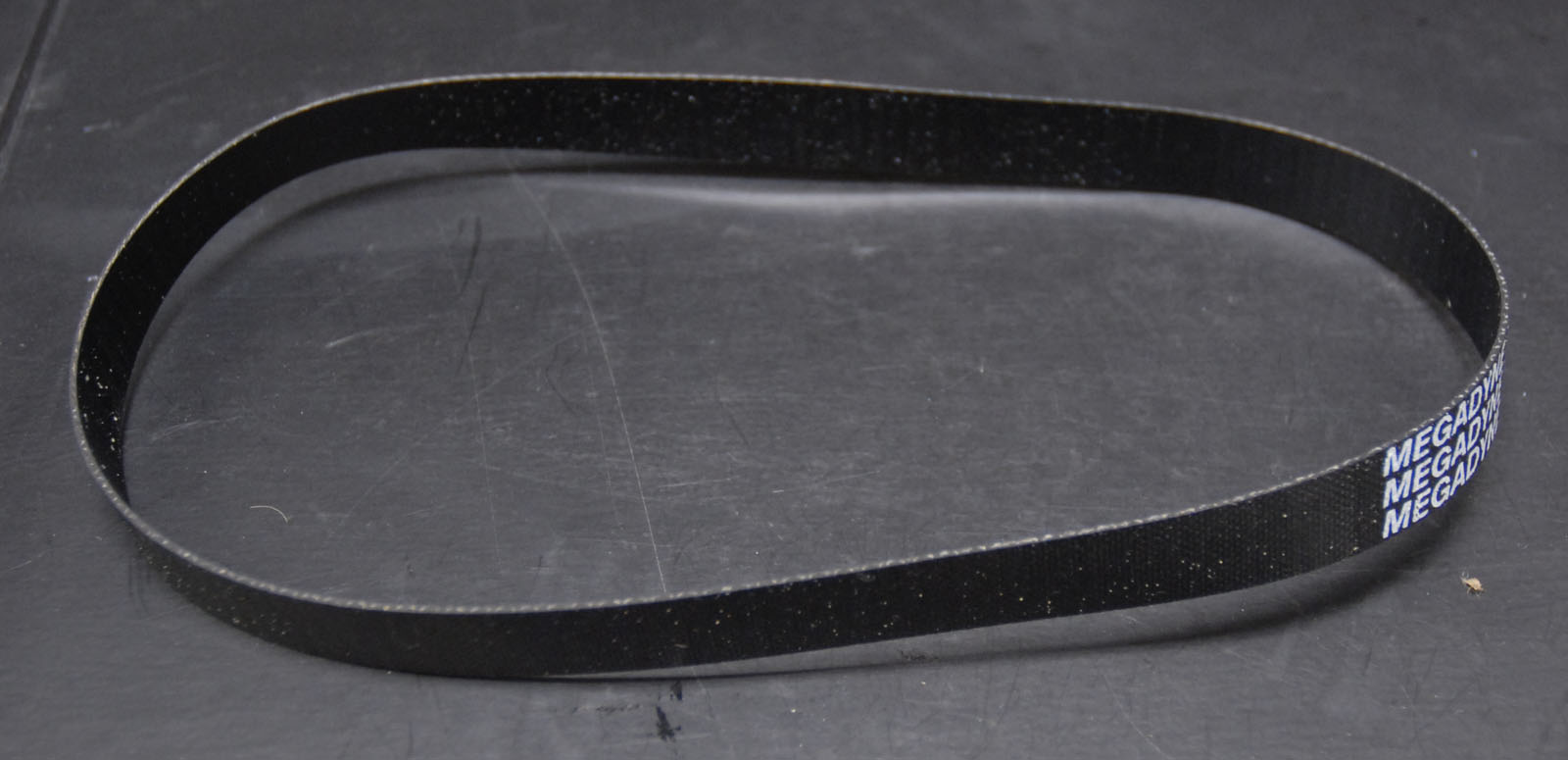Pre-unit construction, also called separate construction, is a motorcycle engine architecture where the engine and gearbox are separate casings. In unit construction the engine and gearbox share a single housing. In many modern designs, the engine sits in front of the gearbox. Competition Accessories is a company of core motorcycle and ATV enthusiasts who are dedicated to bringing the best possible shopping experience to every rider that visits our stores. After all, We've been shipping motorcyclists their motorcycle helmets, motorcycle jackets, gloves, boots and other motorcycle accessories for over 50 years.
A sequential manual transmission, also known as a sequential gearbox, or a sequential transmission, is a type of non-synchronousmanual transmission used mostly for motorcycles and racing cars.[1] It produces faster shift times than traditional synchronized manual transmissions, and restricts the driver to selecting either the next or previous gear, in a successive order.
Motorcycle Gearbox Oil
Design[edit]
Motorcycle Gearbox Bearing Noise
A sequential manual transmission is unsynchronized, and allows the driver to select either the next gear (e.g. shifting from first gear to second gear) or the previous gear (e.g., shifting from third gear to second gear), operated either via electronic paddle-shifters mounted behind the steering wheel or with a sequential shifter. This restriction avoids accidentally selecting the wrong gear; however, it also prevents the driver from deliberately 'skipping' gears.[2] The use of dog clutches (rather than synchromesh) results in faster shift speeds than a conventional manual transmission.[3][4]
On a sequential manual transmission, the shift lever operates a ratchet mechanism that converts the fore-and-aft motion of the shift lever into rotation of a selector drum (sometimes called a barrel) which has three or four tracks machined around its circumference.[5] Selector forks are guided by the tracks, either directly or via selector rods. The tracks deviate around the circumference and as the drum rotates, the selector forks are moved to select the required gear.[6]
A sequential manual transmission is not to be confused with a 'sequential' shifting function sometimes fitted to hydraulic automatic transmission, marketed with terms such as 'Tiptronic' or 'SportShift'. This function allows the driver to select the previous or next gear through the use of buttons or a lever (usually near the gear shifter or steering wheel); however, the mechanicals of the transmission remains unrelated to a true sequential manual transmission.
Usage[edit]
Most motorcycles use a sequential manual transmission. The rider controls the gear shifter with their foot, allowing their hands to remain on the handlebars, and gear selection uses a layout of 1 - N - 2 - 3 - 4 - 5 - 6 (in a 6-speed gearbox, for example).[7] However, most modern motor scooters do not use a sequential manual transmission, instead using either a hydraulicautomatic transmission, or a belt-driven or chain-drivencontinuously variable transmission. Some older motor scooters, however, may use a semi-automatic transmission with an automatic centrifugal clutch, but will still retain the conventional foot-operated gearshift lever, such as the Honda Super Cub.
The first proper sequential manual gearbox used in a racecar was with the in 1946,[8] followed by the infamously unreliable Queerbox design, pioneered by Richard Ansdale and Harry Mundy, which was used in various Lotus Grand Prix racecars during the late-1950s and early-1960s, beginning with the 1958 Lotus 12, and is technically the first proper 'sequential' gearbox used in a racecar.[9] Most racing cars also use a sequential transmission now (either via a sequential shifter lever or with paddle-shifters),[10] rather than the old H-pattern stick shift, beginning with the paddle-shifted Williams FW14Formula One car in 1991, which used a sequential drum-rotation mechanism.[11][12]
The first modern sequential manual gearbox with a manual shift lever was used in the 1990 Peugeot 905Group Csports car, followed by the Ferrari 333 SPLMPracecar and CARTChamp Cars/Indycars in 1994 and 1996,[13] and then the McLaren F1 GTR, Mercedes-Benz CLK GTR, Porsche 911 GT1, and Panoz Esperante GTR-1GT1racecars in 1996 and 1997. This was closely followed by WRCRally cars in 1997, 1998, and 1999, and also the Porsche LMP1-98, Nissan R390 GT1, Toyota GT-One, and the BMW V12 LM and LMRLe Mans Prototyperacecars in 1998 and 1999.
Touring cars have also used sequential manual gearboxes; starting with the European DTM series in 2000, which used it for 12 seasons, until a switch to a paddle-shift system in 2012. The Australian V8 Supercars series started using sequential manual gearboxes in 2008, after switching from an H-pattern manual gearbox.
NASCAR is due to introduce a 6-speed sequential manual transmission with their Gen-7 car in 2022, after using a conventional 4-speed H-pattern manual transmission for many years.[14][15][16][17]
Due to the high rate of wear and abrupt shifting action, sequential manual transmissions are rarely used in passenger cars, albeit with some exceptions.
See also[edit]
References[edit]
- ^Cameron, Kevin (1998). Sportbike Performance Handbook. Motorbooks. p. 82. ISBN9780760302293.
Motorcycle transmissions and the latest auto-racing gearboxes are of the sequential type
- ^'Gearbox technologies'. www.drivingfast.net. 27 October 2016. Retrieved 2 January 2020.
- ^'How Sequential Gearboxes Work'. www.howstuffworks.com. 4 April 2003. Retrieved 2 January 2020.
- ^https://www.caranddriver.com/reviews/a15136822/bmw-m3-smg-short-take-road-test/#:~:text=SMG%20first%20appeared%20in%20Europe,traditional%20synchronizers%20and%20shift%20forks.
- ^'How Sequential Gearboxes Work'. www.howstuffworks.com. 4 April 2003. Retrieved 2 January 2020.
- ^'BMW M3 SMG - Short Take Road Test - Auto Reviews'. Car and Driver. Archived from the original on 2009-04-08. Retrieved 2011-08-29.
- ^Cameron, Kevin (2009), Top Dead Center 2, Motorbooks, p. 58, ISBN9780760336083
- ^'Cisitalia 360 Grand Prix Car'(PDF). stevemckelvie.files.wordpress.com. Archived from the original(PDF) on 27 February 2015. Retrieved 17 July 2018.
- ^https://www.highpowermedia.com/Archive/sequential-gearbox-origins
- ^https://www.iea.lth.se/publications/MS-Theses/Full%20document/5263_full_document.pdf
- ^https://www.f1technical.net/features/10705
- ^https://auto.howstuffworks.com/sequential-gearbox.htm
- ^https://www.lolachampcar.com/Gearbox.htm
- ^https://www.foxnews.com/auto/nascar-transmission-next-generation
- ^https://www.autoblog.com/2020/01/19/nascar-next-gen-car-testing-six-speed-sequential-transaxle-wider-tires-bigger-wheels-new-aero/
- ^Wilhelm, Chase (March 3, 2020). 'William Byron details learning experience after Next Gen test at Fontana'. NASCAR.com. NASCAR Digital Media, LLC. Retrieved March 5, 2020.
- ^Smith, Steven Cole (December 30, 2019). 'Next-Gen: What We Know about NASCAR's New Car'. Autoweek. Retrieved March 3, 2020.

